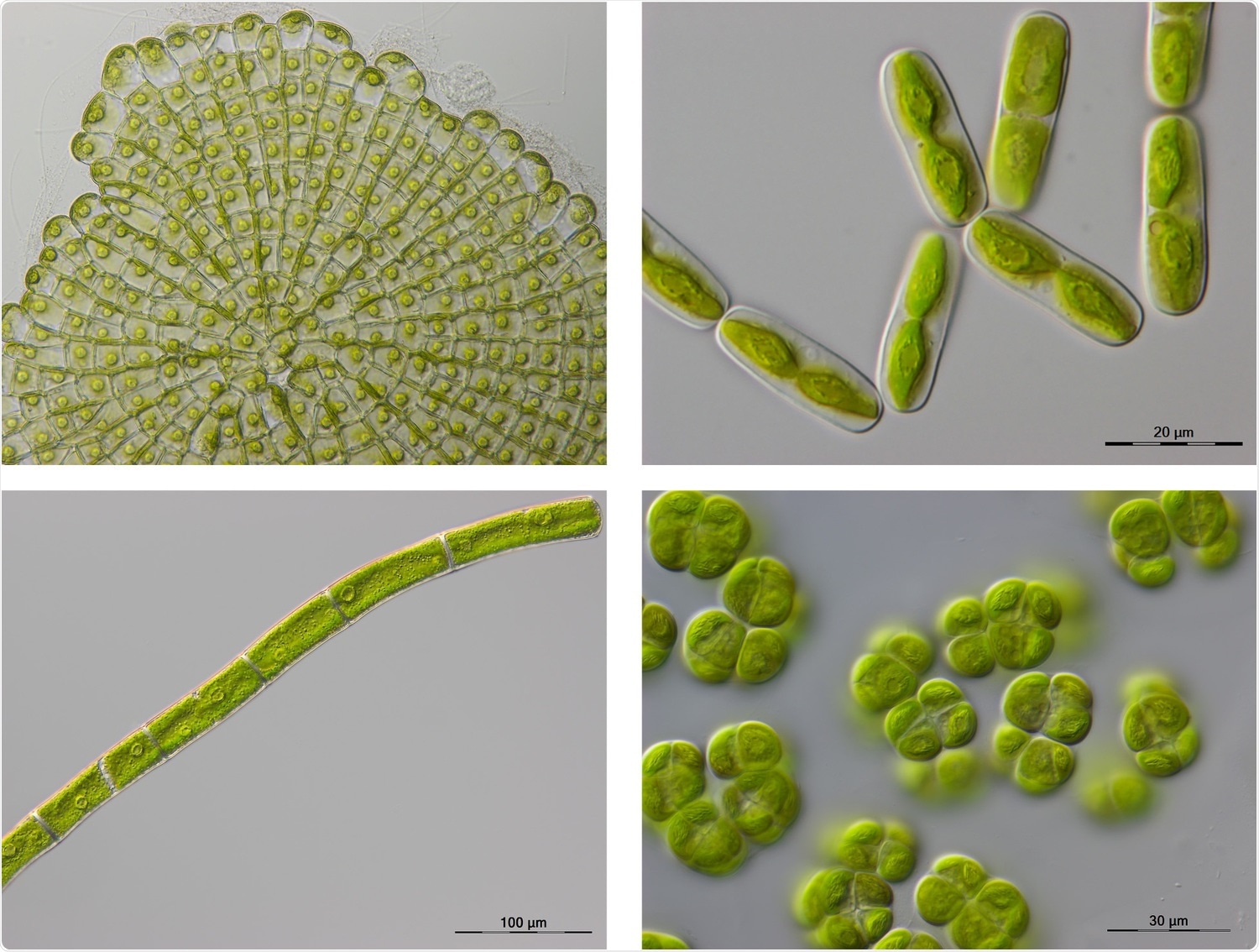In 2021, experts from 48 nations launched the “European Reference Genome Atlas” (ERGA) to give crucial genetic data to inform the study of Europe’s biodiversity. The University of Göttingen contributes to ERGA with around 600 researchers, providing an important transdisciplinary and transborder community of expertise.

Producing high quality reference genomes for plants, like this humble streptophyte alga, can provide important clues for understanding the evolution of plants on land as well as different methods of photosynthesis and so inform conservation measures. Image Credit: Tatyana Darienko.
Researchers want to work together to create “reference genomes,” which are exceedingly high-quality genomic analyses. The goal is to provide genomic resources for about 200,000 species across Europe. The relevance of reference-quality genomes for conservation biology is highlighted by ERGA. However, such information is only available for a small number of species. In a perspective study published in Trends in Ecology and Evolution, the need of bridging this gap is emphasized.
ERGA is a “moonshot” concept, which means it is ambitious and experimental while also being ground-breaking and tackling a major issue. The goal of the project is to provide reference-quality genomes for all of Europe’s biodiversity (around 200 thousand species).
ERGA considers threatened species, as well as those crucial for agriculture, fisheries, pest management, and ecosystem function and stability, to be key biodiversity—and will be prioritized in these efforts. These species can come from a wide range of species.
Reference-quality genomes are extremely useful in genomic research that uses genetic material to examine individual organisms, groups, and ecosystems because they give information about a species’ evolutionary makeup and adaptive capacity.
The precision of these genetic resources has a substantial impact on all areas of biological study and development. For biodiversity conservation, having high-quality reference genomes for a representative percentage of species is critical. However, they are only accessible for a tiny percentage of European species.
The genomic diversity of a species may be used as an early warning system to quantify resilience, estimate decreases, and drive effective conservation strategies.
The European Reference Genome Atlas (ERGA) will enable us to develop new methods to monitor, manage and, most importantly, conserve biodiversity.”
Christoph Bleidorn, Professor and Head, Animal Evolution and Biodiversity, University of Göttingen
The data generated by ERGA will be an absolute treasure trove for comparative genomics.”
Jan de Vries, Professor, Institute of Microbiology and Genetics, University of Göttingen
Source:
Journal reference:
Formenti, G., et al. (2022) The era of reference genomes in conservation genomics. Trends in Ecology and Evolution. doi.org/10.1016/j.tree.2021.11.008.